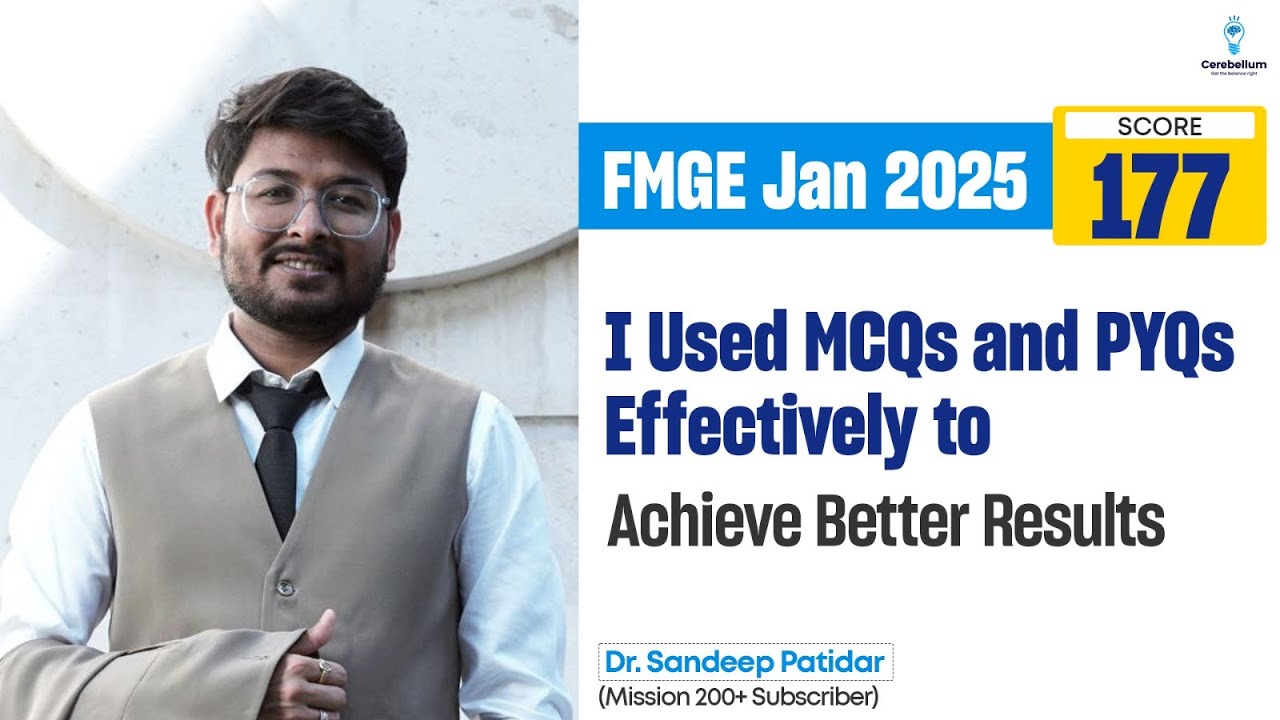Hello everyone, and welcome to Pediatrics! Today is a beautiful day to share some high-yield knowledge. In this rapid revision session, Dr. Anand Bhatia breaks down two commonly confused neonatal conditions:
- Cephal Hematoma
- Caput Succedaneum.
Let’s get into this quick 3-minute revision that touches both Obstetrics & Gynecology and Pediatrics.
Understanding the Basics
- Caput Succedaneum is usually seen in babies born after prolonged labor.
It presents as a swelling on the scalp, caused by pressure during delivery.
So, whenever you think of prolonged labor, think of Caput Succedaneum. - Cephal Hematoma, on the other hand, occurs due to trauma or forceps delivery.
It results in a collection of blood beneath the periosteum — that’s why it’s termed “hematoma.”
Simply put, Cephal Hematoma = traumatic or instrumental delivery.
Click Here to Watch: Rapid Revision: Cephal Hematoma vs Caput Succedaneum | Neonatology High-Yield Concepts by Dr. Anand
Key Differences Between Cephal Hematoma and Caput Succedaneum
| Feature | Cephal Hematoma | Caput Succedaneum |
| Cause | Forceps or traumatic delivery | Prolonged labor |
| Type of Swelling | Localized, confined to suture lines | Diffuse, crosses suture lines |
| Jaundice Association | Yes – due to hemolysis and bilirubin formation | No jaundice |
| Resolution Time | Takes 3–6 weeks to resolve | Resolves in about 3 days |
| Mnemonic | “3 and 3” – 3 days for caput, 3–6 weeks for cephal |
Why Does Cephal Hematoma Cause Jaundice?
Because it involves bleeding under the periosteum, hemolysis takes place.
The breakdown of red blood cells releases heme → biliverdin → bilirubin, leading to hyperbilirubinemia and hence jaundice.
This mechanism does not occur in the caput succedaneum.
Also Read: Cerebellum Academy– Revolutionising the Way Medical Students Study in India
Quick Recap
- Caput Succedaneum
- Due to prolonged labor
- No jaundice
- Diffuse swelling, crosses suture lines
- Resolves within 3 days
- Due to prolonged labor
- Cephal Hematoma
- Due to trauma or forceps delivery
- Causes jaundice
- Confined to suture lines
- Resolves in 3–6 weeks
- Due to trauma or forceps delivery
Conclusion:
Dr. Anand Bhatia beautifully summarises these two conditions in just a few minutes, making them easy to recall for exams and clinical practice.
Also Read: Rank 4 in INI-CET May 2025: The Story of Focus, Faith, and Journey with Cerebellum
Thank you for all the love and support. The response to the videos has been overwhelming.
Stay curious, keep learning, and remember life is beautiful!
Download Cerebellum NEET PG Preparation Android app
Download Cerebellum NEET PG Preparation iOS app
Download Cerebellum NEET PG Preparation iphone app










